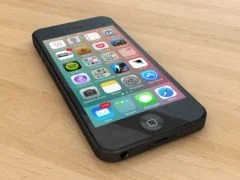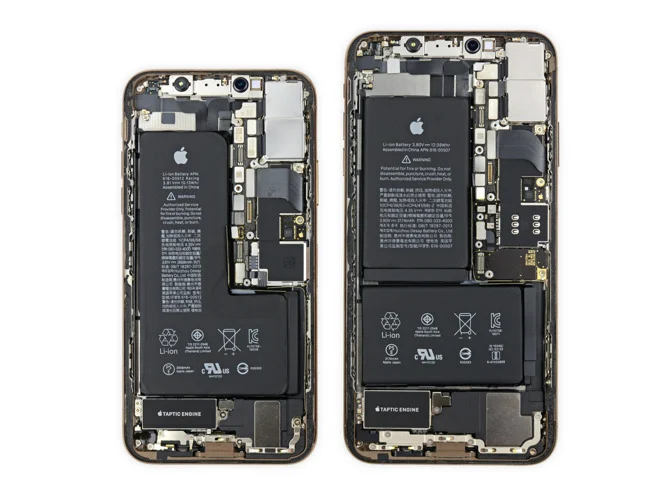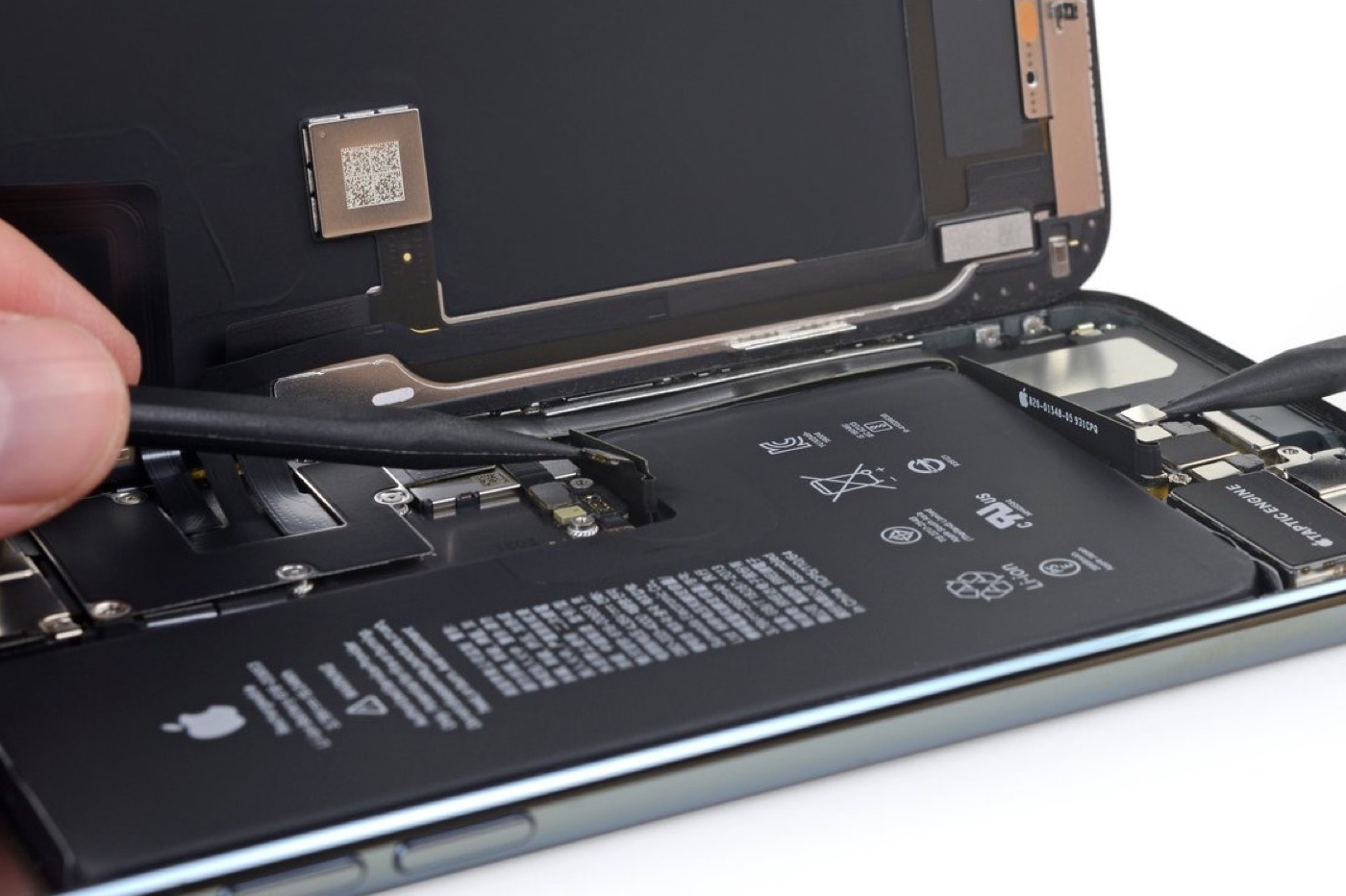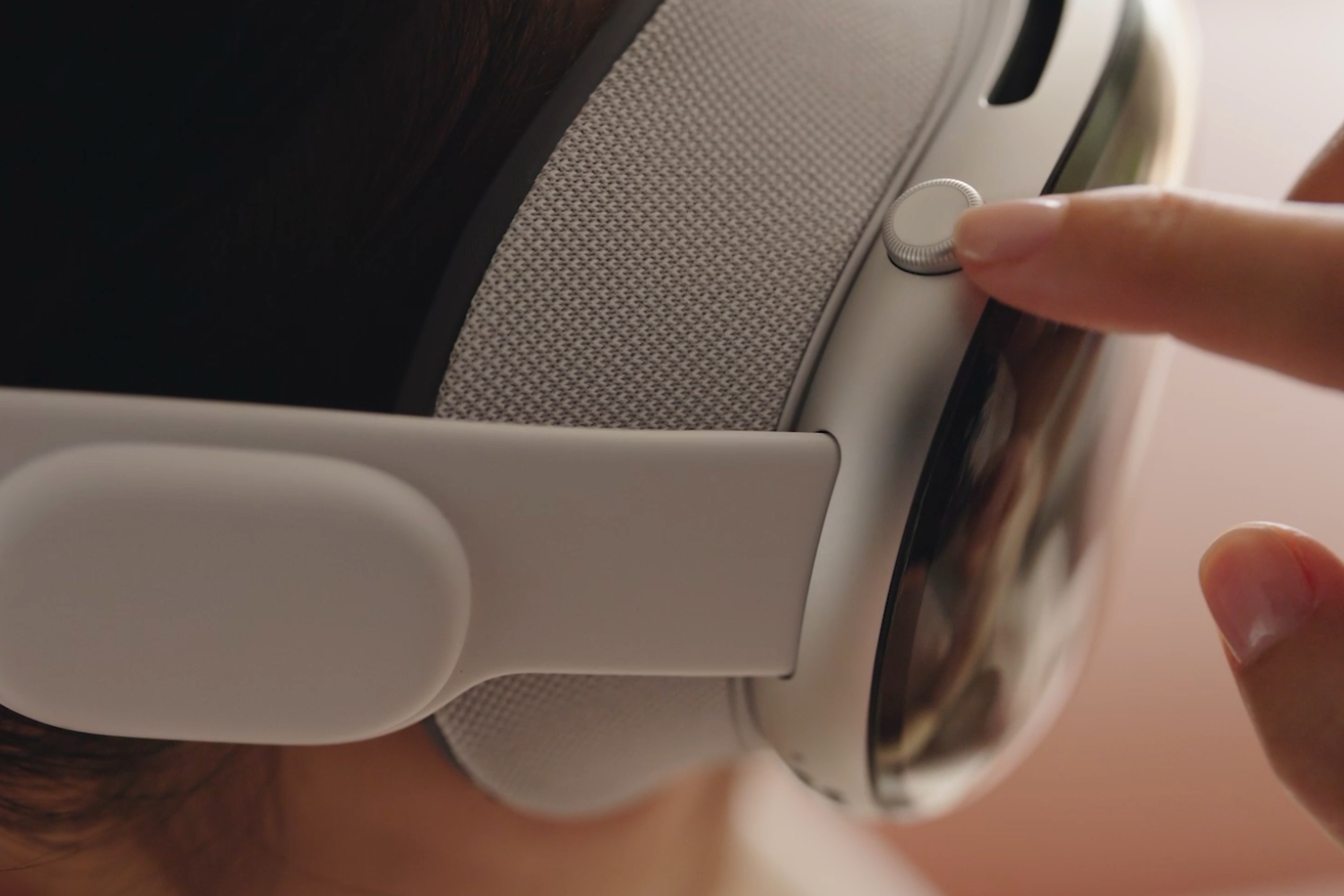 You are used to finding on iPhon.fr
You are used to finding on iPhon.fr
of thetesting of apps, games and also accessoriespour
iPhone, iPad or Apple Watch. We count somemore than 250
From now onto findin this
section.
But we can't test everything and sometimes you readers have the right idea
ofsend us your own test of an accessory you have
the opportunity to use. This is the case of Sacha who sent us his
impressions and photos concerning a special Selfie iPhone case: the
DuoofLumee.
On the way to Sacha's impressions to whom we leave the pen
Today :
The LuMee Duo case allows you to add two LED light sources to
the iPhone, one for the front camera (2 x 21 LED), the other for the rear (2 x
18 LEDs). This case is intended for people who want
improve the general quality and rendering of their videos and
photos, Above allnocturnal. It's also the hull
ideal for taking excellent quality selfies, even in the dark
more total.
It can also improve the quality of daytime shots, for example
shaded weather as well as indoors. The brightness becomes warmer and
natural. Announced values: 2,000 lux (front) and 2,600 lux (rear) and
temperature of 3,600 kelvins.
It is available in three colors: black, gold or rosehip and delivered
with a micro-USB charging cable.
We note that the phone/shell pair has a generally robust appearance, even
fat ! The iPhone 7 no longer looks like a light and thin device at all
once integrated into its hull...
A single round button located on the face of the shell allows you to do everything
control:
- a first press triggers the front lighting alone
- the 2nd press switches to rear lighting only
- everything turns off on the 3rd press
Furthermore, when the LEDs are on, the button acts as a
dimmer. Simply hold it down and release it at
when the brightness is adequate. This variator works both with
front and rear lighting. In addition, each of the two intensities
chosen remain in memory after turning off the case.
The only downside for this button: it does not offer very high resistance and can
being accidentally pressed when the phone is in a pocket by
for example at the risk of draining the battery.
The case accommodates the iPhone, but it is not connected to it at all:
- no automatic triggering when launching an app calling
on camera - no automatic change of front/back light depending on the
camera used - not connected to the iPhone flashlight, but the case replaces it
ideally! - battery independent from that of the iPhone (charging by port
micro-USB)
In terms of points to regret or report, you should know that the port
micro-USB charging, which is located right next to the lightning port, is not
with the same water resistance. Holding the iPhone makes it easy to obstruct
rear LEDs with fingers; for example by doing a Facebook Live at the
hand, you have to think about it and force yourself to hold the iPhone appropriately. Finally,
the iPhone is so well anchored in the case that removing it is a hassle
challenge! You shouldn't plan on doing this 10 times a day...
Finally, this luminous shell does not replace the real flash of a real
camera and so that the light diffused by the LEDs reaches the subject,
you have to make sure that it is not too far from the phone.
In terms of autonomy, at maximum intensity it is after around 30 minutes
of continued use that the brightness gradually begins to decrease and then
stops completely 10 minutes later. Then plan a cycle of approximately
90 minutes for recharging with a blue LED which signals charging in
course.
And to realize the difference between using the shell
for taking a selfie, here is a comparison with the case (on the left) and without
(right)
The Lumee Duo light case is on sale hereat the price of 80 euros
approximately (sometimes less)
Do you want to share an accessory test in our columns?
Send an email to news (a) iphon.fr!
And don't missour accessory tests
Recent iPhone and Watchdont :
- Test
photo tripod for iPhone and other smartphones from Aukey
Mophie Juice Pack Air iPhone case review: built-in battery and
QI wireless charging
Car charger test with 4.8 A Syncwire Lightning cable: MFi and
lifetime warranty, 10% reduction
Test of the OKCS Lightning extension cable for iPhone/iPad: for what use
?
Belkin RockStar Audio Lightning Adapter Review: For Charging
iPhone 7 with headphones plugged in
GoPower Kanex mobile Apple Watch charger review
Test of the “Nike+” type bracelet for the Apple Watch by Venter at 17
euros, with a bright surprise!- Test
AirPods: photos and reviews after a week of use - Test of the ThermoPeanut, the small connected thermometer that keeps
always keep an eye on the temperature - Test of the GuardPeanut, the small connected sensor which alerts in the event
of vol
Testing Echo Mini Batteries with Built-in Lightning Jack- You test
chargeur 4 ports USB SyncWire - You test
Aukey 4-port USB cigarette lighter charger
Review of the Aukey Bluetooth keyboard for iPhone, iPad or Mac- Test
Aukey woven lightning cable
Test of the ShoulderPod S1 photo holder for iPhone and other smartphones:
professional equipment!
Test of the Milanese mesh bracelet for Apple Watch Jetech, sold less than 17
euros
Miniaturized lighting socket for the new iPhone and iPad cables
SyncWire : test et code promo !
Testing the Jumpdrive M20i USB/lightning key for iPhone/iPad
Home automation: test of the Eve Energy socket to be controlled from the iPhone and iPad
(compatible HomeKit/Siri)- You test
iClever wireless Bluetooth headphones: what do you get for just over 20 euros
? - You test
Connected “physiotherapy” for iPhone: Bluetens!
Anker PowerCore 20100 mAh battery review: a power monster
for iPhone, iPad

i-nfo.fr - Official iPhon.fr app
By : Keleops AG
founder of the site. Computer engineer and Internet specialist where he has held various positions of responsibility, Laurent has been passionate about mobility since the arrival of "PDAs" in the 90s. Journalist for 4 years for the magazine Team Palmtops (Posse Presse) and author of several books on the iPad published by Pearson.






